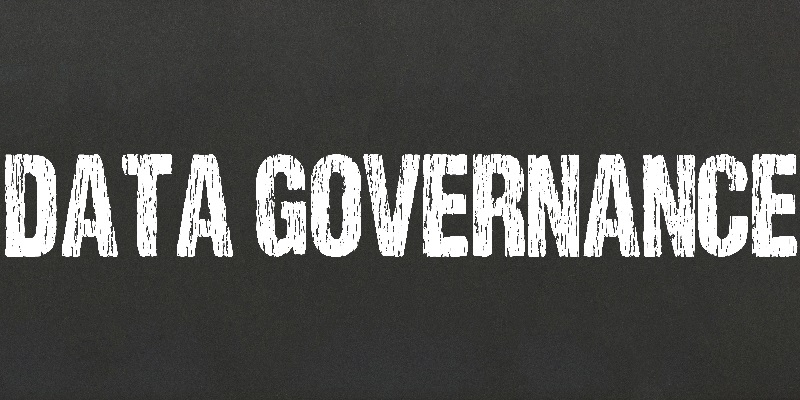As our world becomes increasingly data-driven, the importance of proper data management and governance has only increased. Data is now a vital component of many business decisions and strategies, making it imperative that organizations ensure that their data is accurate, secure, and well-managed.
This is where Data Governance comes in. Data Governance is a formalized practice that executes and enforces company-wide data policies and has gained significant traction in the last few years. Properly defining and implementing roles and responsibilities is vital to the success of Data Governance, and it’s important to understand the importance of these roles and how they work together.
The rise of data governance
Data Governance is a comprehensive approach to managing data in an organization. It involves creating policies, procedures, and standards for data management and ensuring that these are followed consistently throughout the organization. Data Governance is critical in ensuring data accuracy, accessibility, and security.
The growing significance of data governance in recent years can be attributed to the increasing importance of data in business strategies and decision-making. Data is now seen as a valuable asset for organizations, but also a potential liability. Mishandled data can lead to costly fines, lost revenue, and reputational damage.
The Importance of Roles and Responsibilities
Defining and establishing roles and responsibilities is crucial to the success of data governance. It ensures clear lines of accountability and helps to avoid confusion or duplication of effort.
The need for better clarity in roles and responsibilities within data governance has become increasingly apparent in recent times. Many organizations struggle to define these roles, which can result in ineffective data management practices.
The promise of increased success in getting value from Data Governance with clarity in roles and responsibilities is evident. Better-defined roles and responsibilities allow for better monitoring and enforcement of policies, enabling organizations to maintain consistency and accuracy in their data management practices.
Pre-existing Data Governance Tasks
It’s important to note that many personnel already perform Data Governance tasks before a company formalizes it. These employees are often involved in data management on a day-to-day basis and have a deep understanding of the data involved.
Organizations can leverage the experience and expertise of these employees to develop effective data governance practices. By involving employees in the development of policies and procedures, organizations can create more efficient and effective data management practices that are more likely to be followed consistently.
Operating Model of Roles and Responsibilities
To help organizations define and establish roles and responsibilities within Data Governance, Bob Seiner has created an “Operating Model of Roles and Responsibilities.” This model provides a comprehensive framework for organizing and assigning responsibilities for Data Governance.
The operating model includes four key categories of roles: executive, strategic, tactical, and operational. Each category represents a different level of responsibility within the organization.
Executive-level roles
At the highest level of responsibility, we have the executive roles. Typically held by individuals in the C-suite of the organization, they provide leadership and guidance for data governance initiatives.
Executive roles are responsible for setting the strategic direction of Data Governance and establishing goals and objectives for the organization.
Strategic-level roles
The strategic-level roles represent each business function and typically form the Data Governance Council. These roles are responsible for defining policies and procedures that are aligned with the organization’s overall strategy and objectives.
These roles also provide input and feedback on existing policies and procedures, ensuring that they are effective and consistent throughout the organization.
Tactical-level roles
The tactical-level roles are the subject matter experts (SMEs) accountable for data across business units. These roles are responsible for implementing policies and procedures and ensuring that they are followed consistently.
Successful SMEs in these roles have strong technical, social, and leadership traits when covering their responsibilities. They must be able to navigate complex technical issues while also effectively communicating with colleagues and employees at all levels of the organization.
Operational-level roles
Finally, we have the operational-level roles. This category covers everyone whose work impacts an organization’s data. These roles are critical in ensuring that policies and procedures are effective and consistently followed.
The Critical Role of Data Governance Leads/Managers
As a Data Governance lead or manager, this role is critical to achieving successful Data Governance. The lead is responsible for overseeing the ongoing development and implementation of policies and procedures, while also ensuring their effectiveness and consistency across the organization.
The Data Governance lead also provides guidance and support to other roles within the organization, ensuring they have the resources and direction they need to be effective in their roles.
Defining and establishing roles and responsibilities is crucial to the success of data governance. It ensures clear lines of accountability, improves consistency, and helps to avoid confusion or duplication of effort.
Bob Seiner’s “Operating Model of Roles and Responsibilities” provides a comprehensive framework for organizing and assigning responsibilities for data governance. By leveraging this framework, organizations can develop more efficient and effective data management practices that are more likely to be consistently followed.

